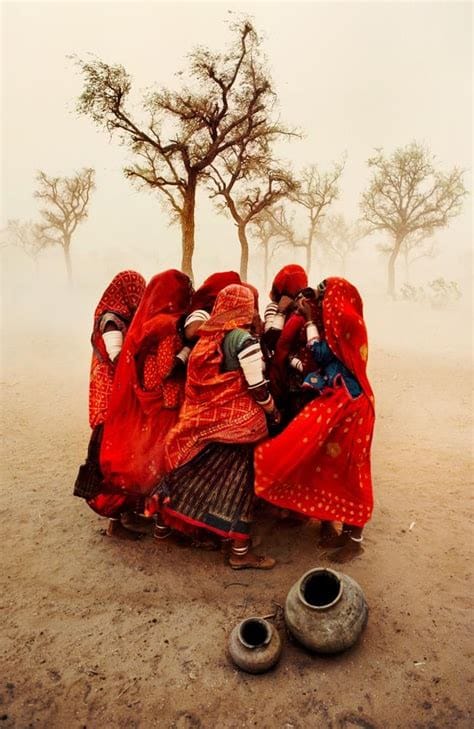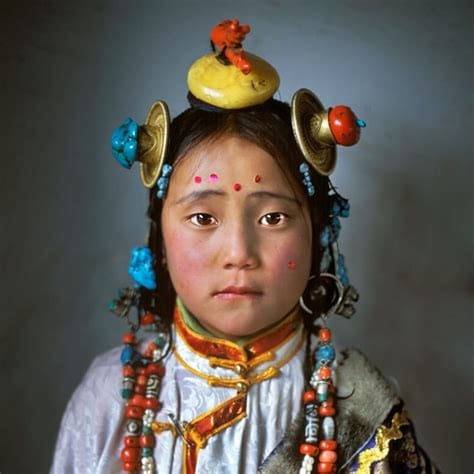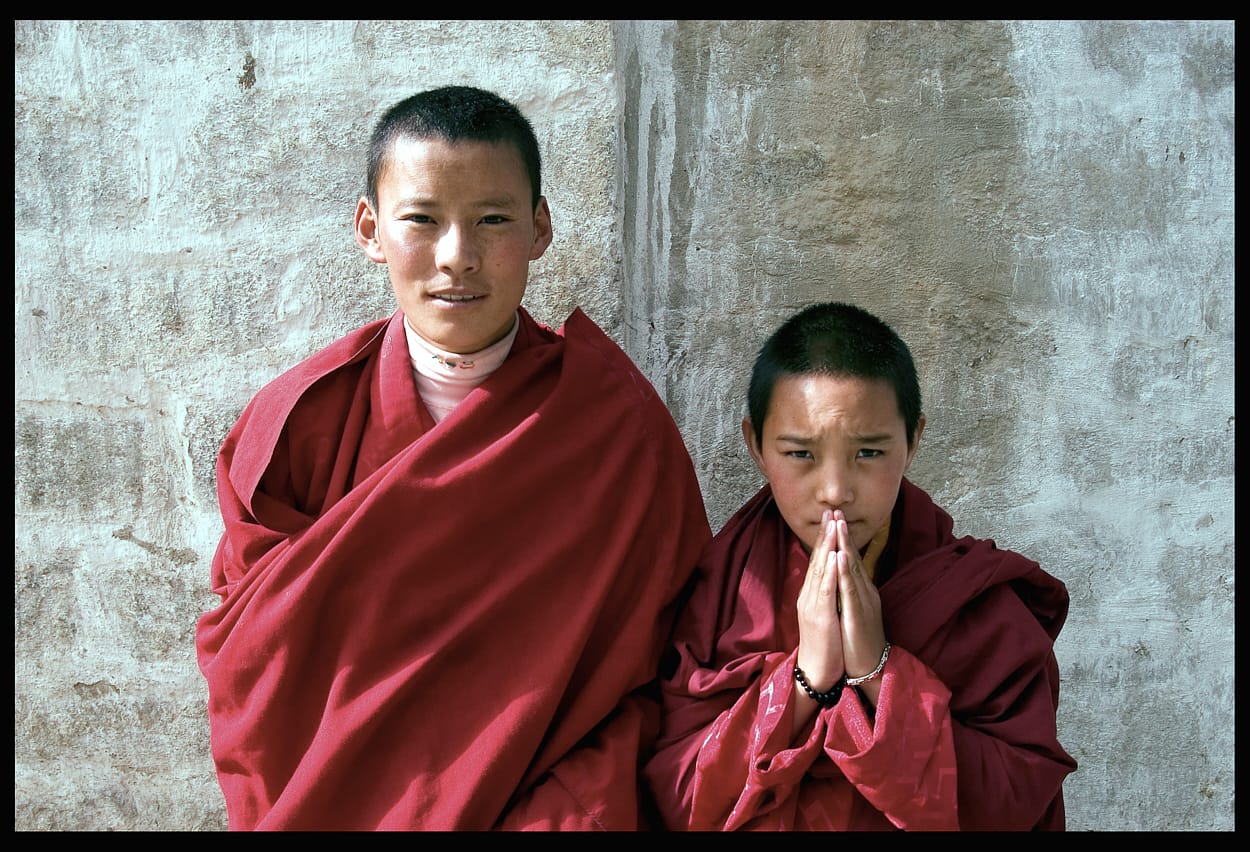Sharing the Work

I think it is safe to say that most of us, at some time or another, have been handed a crayon drawing by a beaming and proud little person. Children take an uninhibited pleasure in sharing their creative efforts. As we age the drive to share does not necessarily diminish but it becomes layered with judgement and self-doubt. We may find ourselves embarrassed by our work, or deem it not "good enough" and so on. And yet we still feel the drive to share. I know I do, and I suspect you do too.
Social media is one way out of this challenge. Anyone can post anything on any number of social media platforms. And for many of us that is sufficient. But if you are serious about your work and your creative effort social media can also be a buzz kill. For example, you make an image and edit it and know in your heart that it is good. You post it, yet only a few people "like" it, or even acknowledge it, and your heart sinks. Maybe it is not as good as you think, and you retreat into your artist's shell less confident.
Twenty years ago I participated in a workshop with Steve McCurry and Alison Wright. Steve is the well-known National Geographic photographer who gave us the "Afgan Girl" as well as many other icon images.

Alison, though less well known, likewise produced many stunning images for NatGeo as well as numerous other outlets. (Sadly she died two years ago while diving off the Azores.) Our workshop took place in Tibet and it was, as you might image, an important milestone for me as a photographer and traveler.

A month or so after returning from the workshop I called Alison. "What do you suggest I do now?" I asked her. I had culled hundreds of images from the workshop and had a collection of about fifty images that I felt good about. She told me to print twenty of the best ones, put them into a portfolio and present them to a gallery. I had never exhibited and her advice, though I appreciated it, seemed all too much pie-in-the-sky. Nonetheless, I printed the images. It took a good amount of courage but I eventually collected them into a portfolio, walked into an art gallery and presented them. Imagine my surprise to be warmly welcomed and encouraged. An hour or so later I left the gallery with an exhibit opening date on the calendar. All fifty images were displayed and quite a few of them sold.

Reality check: That was then, this is now. Too many art galleries have shuttered, gone exclusively online, or turned into something else altogether. Nonetheless, the concept is valid. Exchange art gallery for coffee shop, for book store, for local restaurant, for library. There are a lot of venues, including galleries, to consider when it comes to displaying your work.
Another tack. I have a good friend, not a photographer, but an individual who likes to document life. He frequently carries a small camera and captures this scene, that dinner, those friends, that trip. Essentially nothing escapes his gaze. At the end of the year he collects his best images and self-publishes a book. When I stand in front of his bookshelf I am envious. Year after year of little photography books full of places visited, friends enjoyed, life lived. It is a splendid project. I have done it twice and my two books have given shape and form to my year-long photography life. They get passed around and on occasion gifted. Hemingway said that after the buildings have collapsed and turned to dust books will remain. I like that notion. Make a chapbook of your images.
Other ideas for sharing your work. Print your images and gift them. I have both received and given photographs as gifts. My walls are adorned with them and consequently shared with anyone who visits. Consider doing a project pro bono. I have done work for NGOs and non-profits for free. (This does not mean giving away your images to an organization looking to turn them into a vehicle for profit. This means supporting an organization you believe in, an organization that does not have the budget to hire a professional. As a result your images (with credit of course) might show up in an annual report, on a web page, a pamphlet. I have also done work for local publications and newspapers. These are frequently not the best opportunity to make art, but they will give you an opportunity to "work" as a photographer, get experience, and again, get your work out there. Got an idea you're passionate about? Pitch it to an outlet, you might be surprised at the response.
My current project: I had fifty postcards printed with two paired images on the front. On the back I have three short paragraphs. One briefly outlines me as a photographer, the second describes a project I recently completed (as represented on the front), and in the last paragraph I ask for an exhibition or representation. It is a very long shot, I know, but I share it because it is another example of the effort required to share our creative efforts. (I have, by the way, received three responses so far, two passes and one expression of interest.)

The bottom line is that we put a lot of effort into the making and editing of our images. As much as we wish that they could stand on their own and be acknowledged that simply doesn't happen without an effort. The marketing and sharing of our work, whether we like it or not, is all part of the mix.




